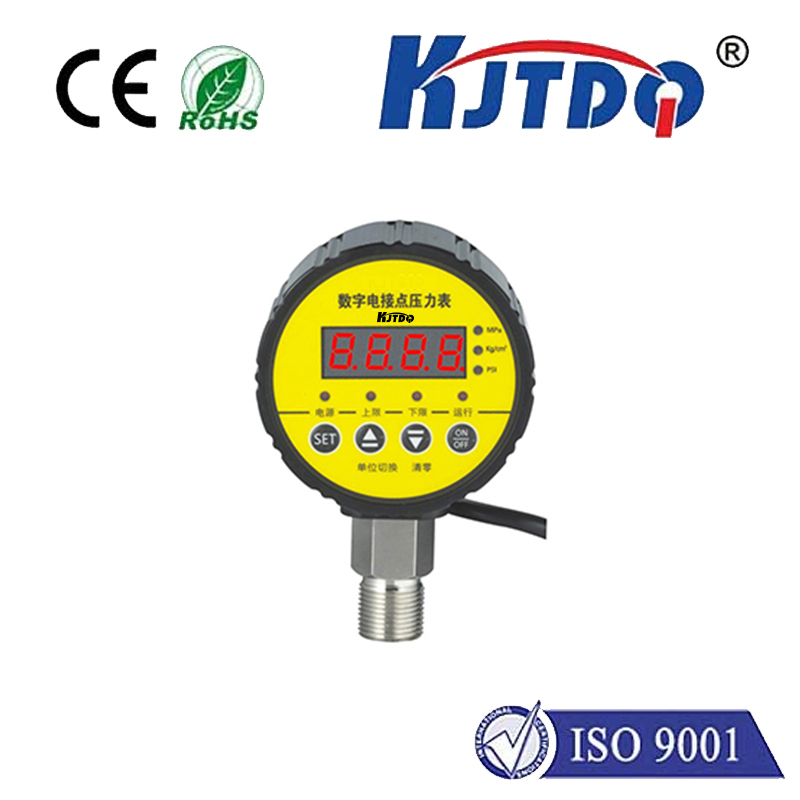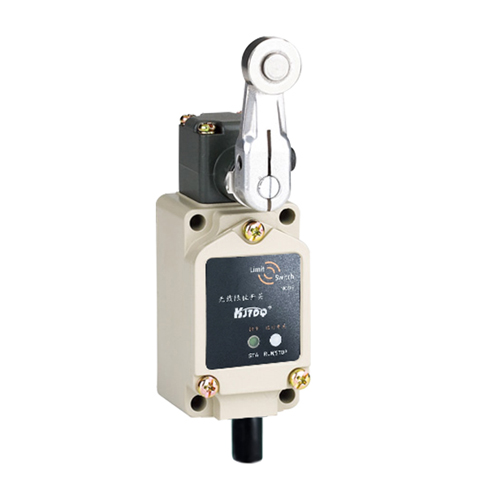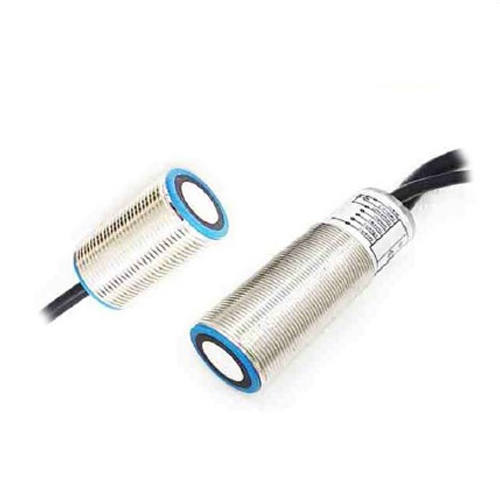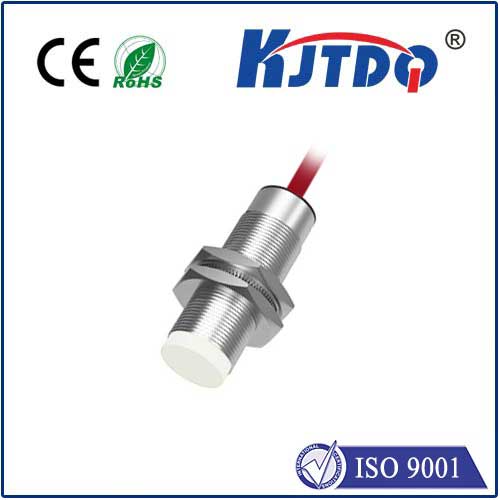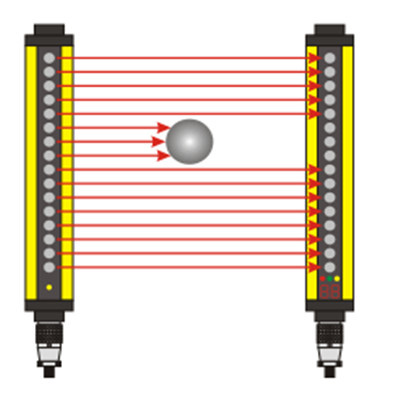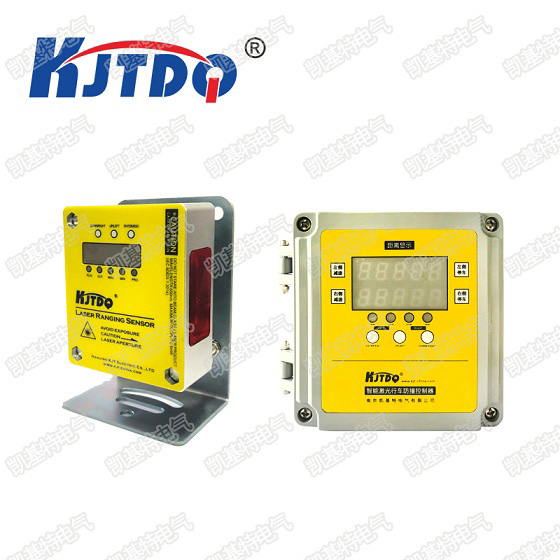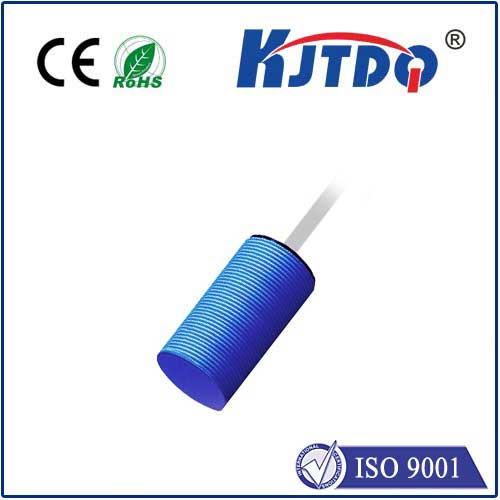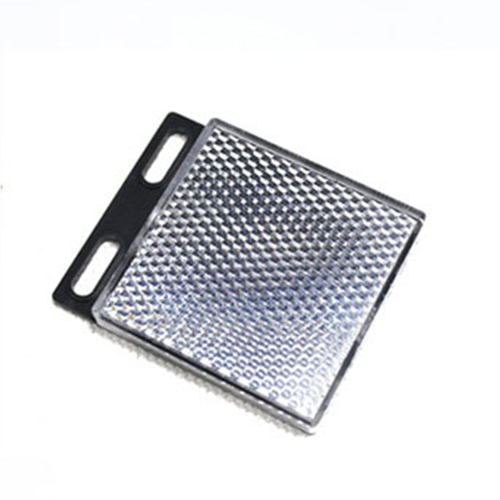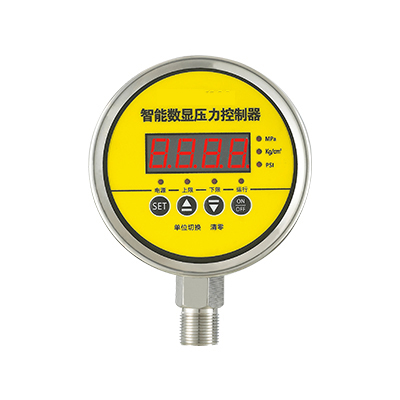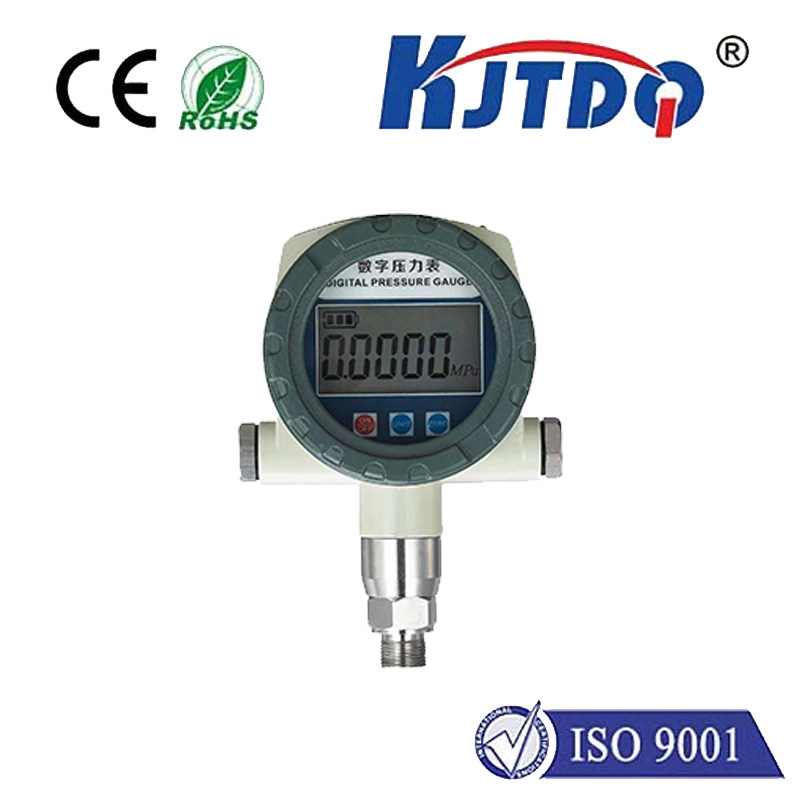

check

check

check

check

check

check

check

check

check

check
Proximity probe sensors have become an essential component in modern manufacturing processes. These sensors provide critical information about the location, direction, and distance between objects, enabling manufacturers to optimize their production processes and improve overall efficiency. In this article, we will explore the role and advantages of proximity probe sensors in industrial automation.
One of the primary benefits of proximity probe sensors is their ability to detect and monitor the movement of machines and equipment in real-time. By using infrared or ultrasonic technologies, these sensors can quickly identify the presence and position of machines and provide accurate data on their movements. This information is invaluable for manufacturers looking to optimize their production processes, reduce downtime, and improve product quality.
Another advantage of proximity probe sensors is their versatility. These sensors can be used in a wide range of applications, from factory floors to warehouses, logistics centers, and even medical devices. They are particularly useful in situations where precise positioning and tracking are required, such as when working with high-value or fragile items.
Proximity probe sensors also offer significant improvements in safety and security. By monitoring the movements of machines and personnel, these sensors can detect potential hazards and alert operators to take action before accidents occur. This can help reduce workplace injuries and save lives. Additionally, proximity sensors can be used to secure equipment and prevent theft during transit or storage.
In conclusion, proximity probe sensors play a crucial role in modern manufacturing by providing manufacturers with valuable data on machine movements, optimizing production processes, improving product quality, and enhancing safety and security. As technology continues to advance, we can expect these sensors to become even more advanced and versatile, further transforming the industrial landscape.
